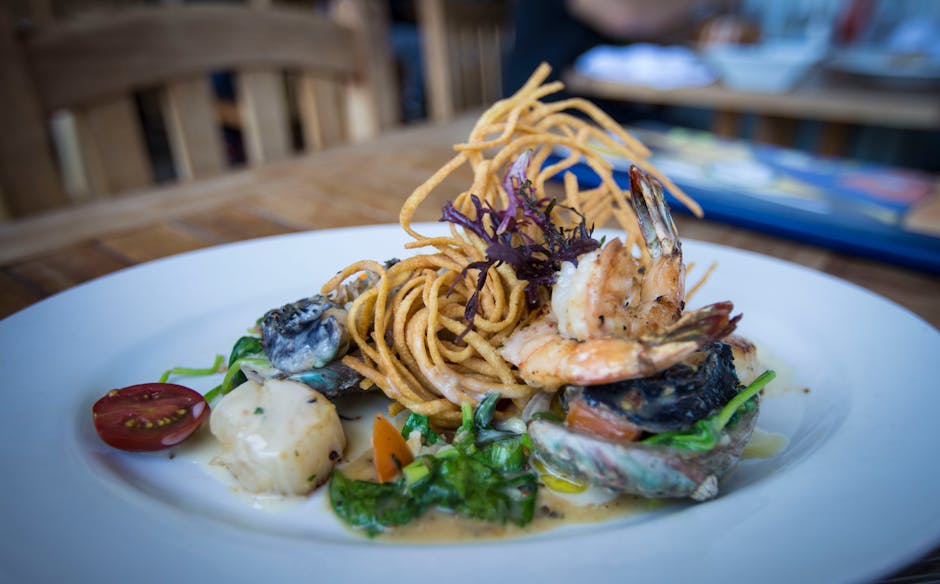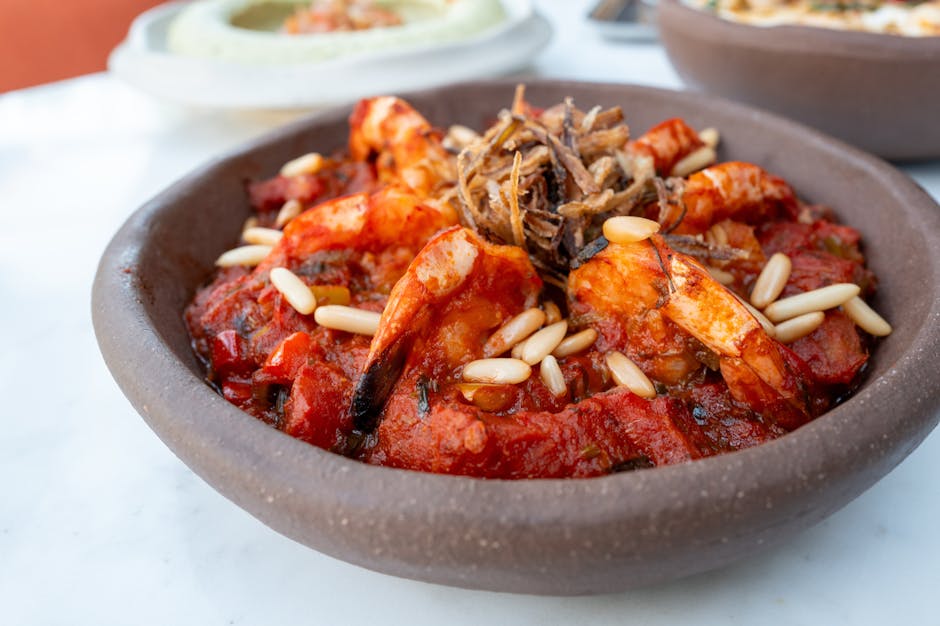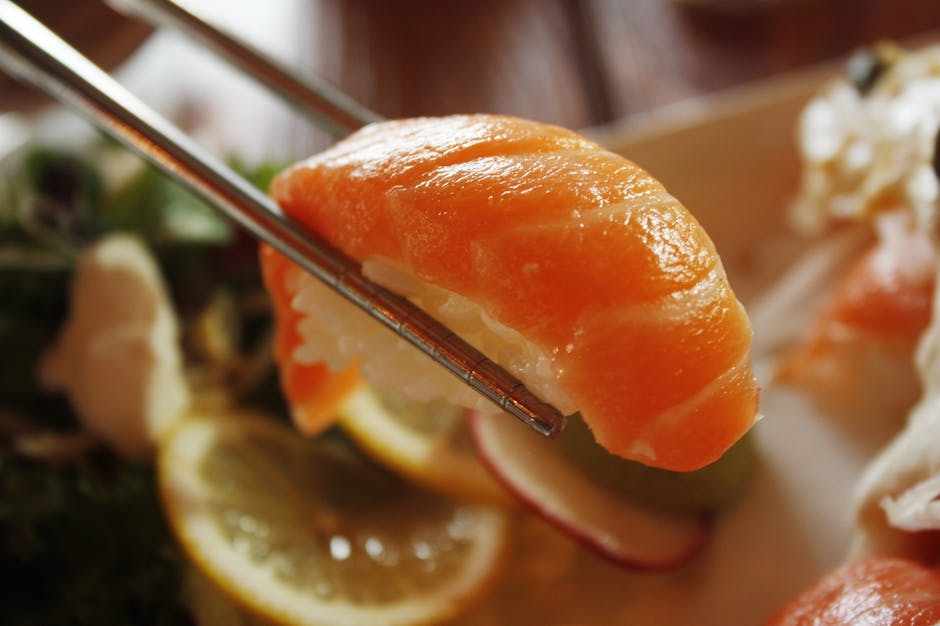Finding the Best Seafood for Your Meal
When it comes to seafood, there is an abundance of options available that can make choosing the best seafood for your meal quite a daunting task. From salmon to shrimp, from oysters to lobster, the choices can be overwhelming. However, finding the best seafood for your meal is not just about personal preferenceit involves understanding the quality, freshness, sustainability, and health benefits of the seafood you consume.
In this article, we will delve into the world of seafood to help you navigate through the vast ocean of options and find the best seafood for your next meal. We will explore different aspects such as the nutritional value of seafood, sustainable fishing practices, tips for selecting fresh seafood, and much more. So, let’s dive in and discover the secrets to finding the best seafood for your meal.
The Nutritional Value of Seafood

Seafood is not only delicious but also incredibly nutritious. It is a rich source of essential nutrients such as omega-3 fatty acids, protein, vitamins, and minerals. Omega-3 fatty acids, in particular, are known for their numerous health benefits, including reducing the risk of heart disease, improving brain function, and reducing inflammation.
When choosing seafood for your meal, opt for fatty fish such as salmon, mackerel, trout, and sardines, as they are packed with omega-3 fatty acids. These fish are not only tasty but also provide a significant health boost. Incorporating seafood into your diet can have a positive impact on your overall health and well-being.
Sustainable Fishing Practices

One of the key factors to consider when choosing seafood is the sustainability of the fishing practices used to catch the fish. Overfishing is a major concern that threatens the health of our oceans and marine ecosystems. To ensure that you are making an environmentally conscious choice, look for seafood that has been caught or farmed using sustainable practices.
Organizations such as the Marine Stewardship Council (MSC) and the Aquaculture Stewardship Council (ASC) certify seafood products that meet strict sustainability standards. By choosing seafood with these certifications, you can support responsible fishing practices that help preserve our oceans for future generations.
Tips for Selecting Fresh Seafood

When it comes to seafood, freshness is key. To enjoy the best flavor and texture, it is important to choose seafood that is fresh and of high quality. Here are some tips for selecting fresh seafood:
1. Look for Clear Eyes and Firm Flesh

When buying whole fish, look for clear, bright eyes and firm flesh. Cloudy or sunken eyes are signs of a fish that is not fresh. The flesh should be firm to the touch and have a pleasant smell of the sea.
2. Check for Freshness Labels
When buying seafood from a supermarket or fish market, check for freshness labels that indicate when the seafood was caught or harvested. This information can help you determine the freshness of the seafood.
3. Buy Seasonal Seafood
Choosing seafood that is in season ensures that you are getting the freshest and most flavorful options available. Seasonal seafood is also more likely to be sustainably sourced, as it is harvested at the peak of its abundance.
The Best Cooking Methods for Seafood
Seafood can be cooked in a variety of ways, each method bringing out unique flavors and textures. Some of the best cooking methods for seafood include:
1. Grilling
Grilling seafood over an open flame imparts a smoky flavor and crispy texture. Fish such as salmon, tuna, and shrimp are excellent choices for grilling.
2. Baking
Baking seafood in the oven helps to retain moisture and flavor. Fish fillets, shrimp, and scallops are perfect for baking with a variety of seasonings and sauces.
3. Steaming
Steaming seafood preserves its natural flavors and nutrients. Steamed fish, crab, and mussels are popular choices for this cooking method.
4. Searing
Searing seafood in a hot pan creates a crispy crust while keeping the inside moist and tender. Scallops, tuna, and swordfish are ideal for searing.
The Health Benefits of Seafood
In addition to being a rich source of essential nutrients, seafood offers a wide range of health benefits. Consuming seafood regularly has been linked to a reduced risk of heart disease, improved brain function, and better overall health. The omega-3 fatty acids found in seafood play a crucial role in promoting heart health and reducing inflammation.
Seafood is also a great source of lean protein, making it an excellent choice for those looking to maintain a healthy weight or build muscle. Including seafood in your diet can help you meet your nutritional needs and support your overall health and well-being.
Expert Opinions
According to renowned nutritionist and author, Dr. Jane Smith, “Seafood is one of the healthiest and most nutritious foods you can eat. It is packed with essential nutrients such as omega-3 fatty acids, protein, and vitamins, making it a valuable addition to any diet.”
Chef John Doe, a seafood expert with over 20 years of experience, advises, “When selecting seafood for your meal, always choose fresh, high-quality products. Look for clear eyes, firm flesh, and a pleasant smell to ensure that you are getting the best seafood available.”
Common Misconceptions
There are several common misconceptions about seafood that can deter people from enjoying its many benefits. One of the most common myths is that all seafood is high in mercury, which can be harmful to health. While some types of fish do contain higher levels of mercury, there are plenty of low-mercury options that are safe to consume in moderation.
Another misconception is that seafood is difficult to cook or that it has a strong fishy taste. In reality, seafood can be prepared in a variety of ways to suit different tastes and preferences. With the right seasonings and cooking methods, seafood can be a delicious and versatile addition to any meal.
Comparative Analysis
When comparing different types of seafood, it is important to consider factors such as taste, texture, nutritional value, and sustainability. Fish such as salmon and mackerel are high in omega-3 fatty acids and have a rich, buttery flavor, making them popular choices for seafood lovers.
Shellfish such as shrimp and crab are low in calories and fat but packed with protein and essential nutrients. They are also versatile ingredients that can be used in a wide variety of dishes, from salads to pasta to stir-fries.
FAQs
Q: How can I tell if seafood is fresh?
A: Look for clear eyes, firm flesh, and a pleasant smell to determine the freshness of seafood.
Q: Are all types of seafood high in mercury?
A: While some types of fish contain higher levels of mercury, there are plenty of low-mercury options that are safe to consume.
Q: What is the best way to cook seafood?
A: Seafood can be grilled, baked, steamed, or seared to bring out its unique flavors and textures.
Final Thoughts
Choosing the best seafood for your meal involves considering factors such as freshness, sustainability, and nutritional value. By making informed choices and selecting high-quality seafood, you can enjoy delicious meals that are not only tasty but also good for your health and the environment.
Next time you are at the seafood counter or browsing the menu at a restaurant, keep these tips in mind to ensure that you are making the best choices for yourself and the planet. Whether you prefer fish, shellfish, or crustaceans, there is a wide variety of seafood options available to suit every taste and dietary preference.
To wrap things up, remember that seafood is not just a mealit is an experience. From the first bite to the last, savor the flavors, textures, and health benefits that seafood has to offer. Bon apptit!




